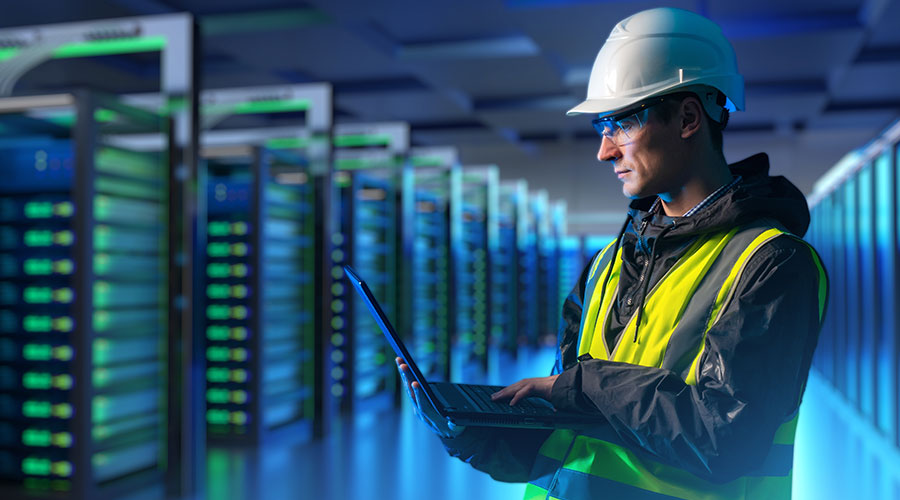Focus On Data Center Life Cycle Can Help Shape Infrastructure Planning, Maintenance
Looking at the entire data center life cycle during design can also help focus attention on the way that the facility infrastructure will be maintained, which in turn can affect decisions about design and planning of infrastructure. It's important to understand what "proper maintenance" means with regard to mechanical, electrical, plumbing, and fire protection systems, and how maintenance affects the life and usefulness of the equipment. Consider the use and testing of emergency generators. It is critical for a generator to be tested under load at least once a month. It's even better to test it every two weeks. This could be done with a load bank designed and installed to allow the generator to be run under load without impacting the IT equipment. An alternate plan is to design the electrical distribution to accommodate a rental or "roll up" load bank. It's also possible to run the generator on the IT load in the data center.
Why does a generator need to run under load? Generators that are run for extended periods on low or no load will experience a phenomenon known as "wet stacking." This is the build-up of unburned fuel and carbon in the exhaust system, starting at the valves and going through the entire exhaust system. The long-term effect will be premature engine failure. The back-up power generation is the lifeblood of a data center. Proper testing is essential to ensure generators will run when needed.
Diesel fuel maintenance is just as critical. All mission critical facilities should consider the use of a "fuel polishing system." Diesel fuel has a relatively short shelf life. If your facility does not require all the fuel in storage to be used on a semi-annual basis, you will need a fuel polishing system. In the grand scheme of things, it's a relatively inexpensive packaged item that continuously cleans the diesel fuel to prevent it from turning to sludge, rendering the generator useless.
Decommissioned Data Centers: What's Next?
For some organizations, thinking about a new data center occurs in tandem with planning for what will happen to the old data center. What happens when a data center has reached the end of its life? It depends on what's going to happen with the building after the data center is decommissioned.
One option is to re-purpose the building for another use. Many data centers are part of a larger building that also includes office space. Depending on the age and condition of generators, chillers, and other MEP/fire protection systems, there is an after-market for used equipment. There is also a huge after-market to salvage electrical equipment and power cabling due to the high cost of copper.
If the data center has underground fuel tanks, they need to be removed and decommissioned in accordance with EPA requirements. Batteries in UPS systems need to be removed and recycled.
If you are moving out of your data center because you have outgrown the available power and space, one option is to re-sell the property to another user. There is a robust market in the United States for customers looking for existing data center space.
In some cases, the land may be more valuable for an alternate use, which would require decommissioning and demolition on the entire facility. Again, it's worthwhile to consider reselling heavy equipment and salvaging other valuable assets to maximize the value that can be obtained from the old data center.
It should be obvious that no one size fits all. Each type of data center is unique in its mission and life cycle. The up-front planning and total cost of ownership analysis of options are critical steps to a successful project.
R. Stephen Spinazzola PE, LEED AP, is the vice president in the Baltimore office of RTKL Associates. He oversees the architecture and engineering firm's mission critical design group. RTKL, part of the ARCADIS global network, is a worldwide architecture, engineering, planning and creative services organization. He can be reached at sspinazzola@rtkl.com.
Related Topics:













